The setting – An introduction to the Calder Valley.
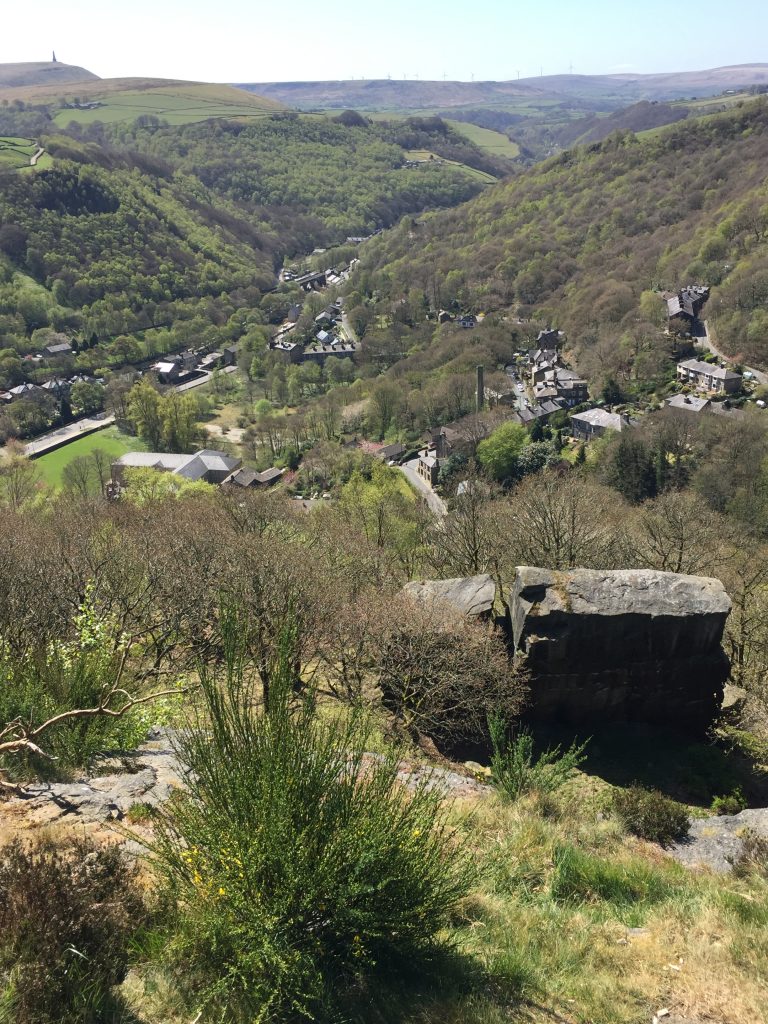
Imagine a 5 mile square of West Yorkshire characterized by wild windswept moorland over 1000ft above sea level bisected by a steep sided gash created by the violent scouring action of the melt waters of a retreating glacier at the end of the last ice age, a valley whose bottom the sun never reaches in winter. Here and there tributary streams come tumbling down the hillsides gouging out their own tracks and often in winter bring severe flooding into the main Calder Valley. Centuries ago people lived on the hilltops eking out a living, keeping sheep and spinning and weaving their wool into fabric, carrying it by packhorse along the upland trails to markets in Heptonstall and Halifax. Often their journeys necessitated the crossing of the River Calder and so steep cobbled paths and bridges were constructed, but for the most part the people stayed out of the dank inhospitable valley. But with the invention of water powered machinery capable of speeding up the textile production exponentially the River Calder became ‘the hardest worked river in England’ 1 and so people came down from the hilltops into the valley to live close to the mills and factories that sprung up like snowdrops, full of hope but sometimes short lived. Some were rebuilt in a new guise, others were left to nature’s art, their skeletons exposed, their walls becoming interlaced with tree roots.
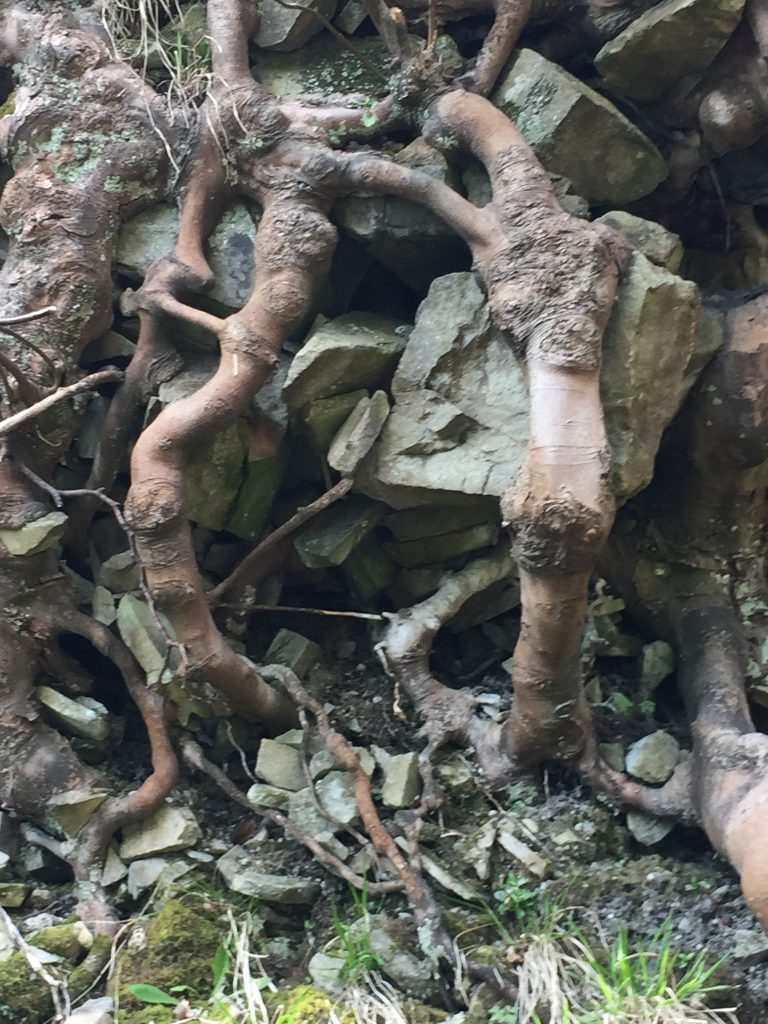
Now the river had to share the narrow valley floor with a road, a canal and a railway line. These lines of transport crossed each other under and over, over and under, intersecting in a pattern as complex as any piece of cloth that was woven here.
It was in one of the hilltop villages, Heptonstall, that this story was born. ‘Hep’ according to some means high in Saxon 2 and indeed the village is perched on a hilltop 500 ft above the intersection of River Calder and Hebden Water. When my own story begins in 1840 Heptonstall had a population of 4791 3 three times its present population. Clinging to the steep hillside, isolated, with its face pointed towards the Hebden valley, its hair a mix of touselled trees and with compound eyes ever watchful stands the blackened stone edifice of Lily Hall. This story was conceived not only figuratively but literally within the walls of Lily Hall.

My great great grandma, Elizabeth Ann Whitham was born there, in 1842, the illegitimate daughter of widowed Sally Whitham and the man who lived next door, James Wrigley. Sally was no innocent Spring chicken. At 35 year old Sally had been widowed for three years and had already given birth to six children, four of whom had died before their 3rd birthday whereas 26 year old James Wrigley had married Mary Pickles just two months before Elizabeth Ann was born. I wonder what relations were like between Mary and Elizabeth Ann living next door to each other. There’s little doubt that Mary knew of James’s fatherhood, especially when the Bastardy Court in Todmorden ordered James to pay one shilling and sixpence weekly for Elizabeth Ann’s maintenance until she turned seven years of age.
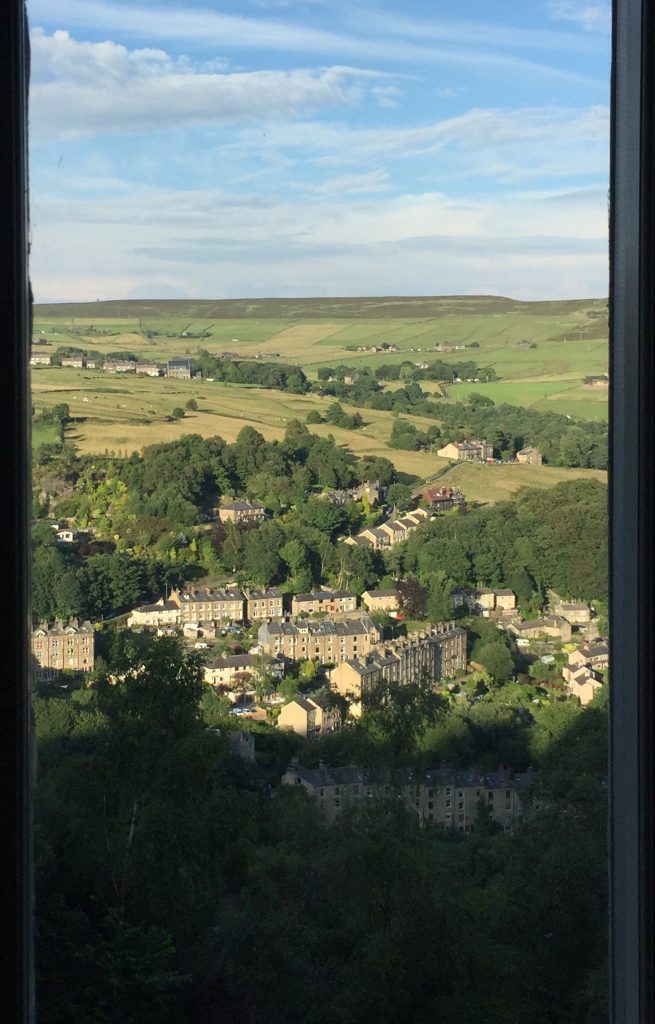
Over the years the Wrigleys, a family of cabinet makers, painters and decorators married into many of the leading families of Hebden Bridge, a town on the verge of major expansion due to its role in the textile industry. One of the prominent families, the Mosses, soon divided into two areas of expertise, one becoming leading textile manufacturers who married into other textile families, the Redmans and Hoyles who exported their fabrics worldwide, the other branch finding its calling in educating the children of the rapidly growing population. Is it pure coincidence that my mother worked in a cotton mill until I was born and my father began his working life as a painter and decorator, later becoming an art teacher? James’s sister Sally married Thomas Gibson whose father Samuel had been a nationally renowned fossil collector. For a time in high school I considered becoming a paleontologist and spent my vacations collecting fossils and taking them to my local museum where patient people helped me identify them. James’s brother Abraham married Sally Nicholson whose family was well on the road to becoming of England’s most illustrious organ builders and whose company is still in operation today.
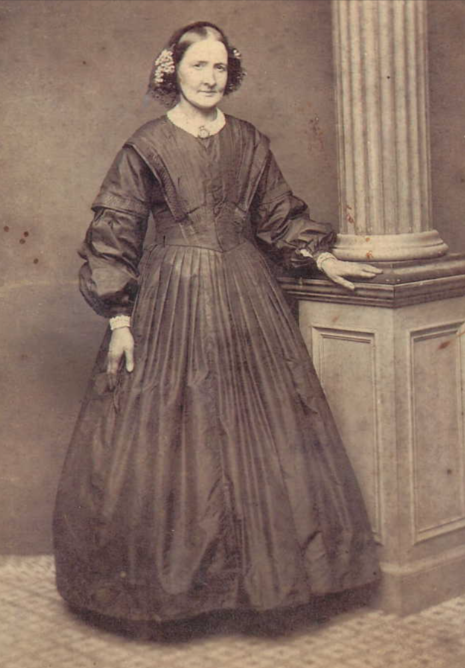
In high school I had organ lessons and on occasion have played the organ in Heptonstall and Hebden Bridge churches for services . Sally and Thomas Gibson’s sons pursued careers as dentists, mechanics and photographers, all professions requiring skill with minutiae. Elizabeth Ann’s mother, Sally and her husband William Whitham had a granddaughter who married into another Gibson family, this time a family centred around the butcher and innkeeping trade. Elizabeth Ann’s great great grandson, my uncle Norman, was a butcher with his own shop in Harwood near Bolton.
The branches sprouting from the dual trunks of the Wrigley and Whitham trees were to provide me with gripping stories of many kinds whose leaves I was eager to explore: murder in a remote hilltop farm, suicides in the Rochdale Canal, wealthy textile manufacturers who built vast mills, a church architect who ended up in Wakefield gaol, pioneers of photography, bitter rivalry between dentist brothers, not to mention heated discord amongst musicians, a subject close to my own heart. Initially my ancestors were impersonal names written on birth, marriage and death certificates but as I visited the houses where they lived, rambled along the pathways in their footsteps, visited their graves and found stories about them in local newspapers they took on a presence that I now find impossible to ignore. Many wonderfully evocative sepia photographs of characters in these stories reached me from around the world from people with whom I share common ancestry enabling me to actually look into the faces of people in these stories.
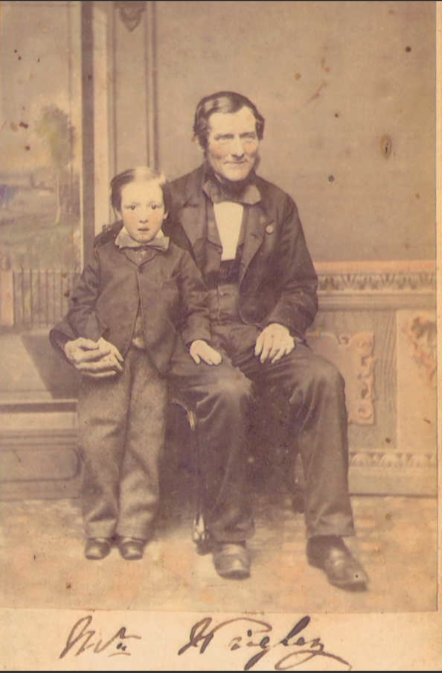
I even obtained a handwritten account of a family’s hopes and dreams written over one hundred and fifty years ago. One memorable afternoon in 2019 the current residents of Lily Hall played host to a meeting between myself and a lady visiting from New Zealand. She, like me, was a descendant of James Wrigley who had lived at Lily Hall almost two hundred years before.
The history of the ancient hilltop villages of Heptonstall, Old Town, Midgley and Old Chamber which survived on the dual economy of farming and handloom weaving and the later growth of the valley towns of Todmorden and Hebden Bridge which developed and thrived during the industrial revolution can be found in numerous sources. This is the personal, often very personal story of my own rambles through the Upper Calder Valley during Lockdown, retracing the steps and recounting the stories of fifteen family members, all inter-related who died from unnatural causes – all within the 5 mile square.

On dark days when the clouds seem to press upon my shoulders I feel the valley tightening, closing its steep sides in an attempt to either evict its human population or, failing that, submerge them. In his book ‘Under The Rock’ Benjamin Myers, a resident of Mytholmroyd, tells how he plotted on a map of West Yorkshire the numerous crime locations, birthplaces and haunts and some of Britain’s most notorious serial killers. Harold Shipman, Britain’s most prolific serial killer carried out his notorious killings of patients under his care in Todmorden. Peter Sutcliffe’s stalking ground was firmly rooted in the Bingley area of the county and John Christie, the strangler, was born in Northowram, just outside Halifax. Murderer Donald Neilson, known as the ‘Black Panther, was born in Bradford and Ian Brady and Moira Hindley, were convicted of the murders of five children three of whose bodies were buried on Saddleworth Moor, then in West Yorkshire. In 2009 Hebden Bridge resident Jez Lewis made a documentary film about the high number of suicides in Hebden Bridge- Shed Your Tears and Walk Away. ‘Why has Hebden Bridge become suicide central?’ was the heading of the Independent’s account of the film documenting drinking, drug addiction, unemployment. In ‘The Light in the Dark’ local resident Horatio Clare writes of his encounters with seasonal sadness and winter blues. Bleak is a term often associated with the Yorkshire moors and if we are products of our environment the landscape in which we dwell must surely have an impact on our outlook , even on our personality.
References
1 Ted Hughes, ‘A preface to Elmet’ in Collected Poems,
2https://books.google.co.uk/books?id=kuYVAAAAYAAJ&pg=PA502&lpg=PA502&dq=hep+saxon+high+heptonstall&source=bl&ots=c8iMDHBPB6&sig=ACfU3U19oZDmjHuU-ymO5y2z1dYrBMCIiw&hl=en&sa=X&ved=2ahUKEwjk1N3b6Ib2AhXlnFwKHTu2DjgQ6AF6BAgjEAM#v=onepage&q=hep%20saxon%20high%20heptonstall&f=false
3http://eprints.hud.ac.uk/id/eprint/4606/1/293386.pdf
Leave a Reply